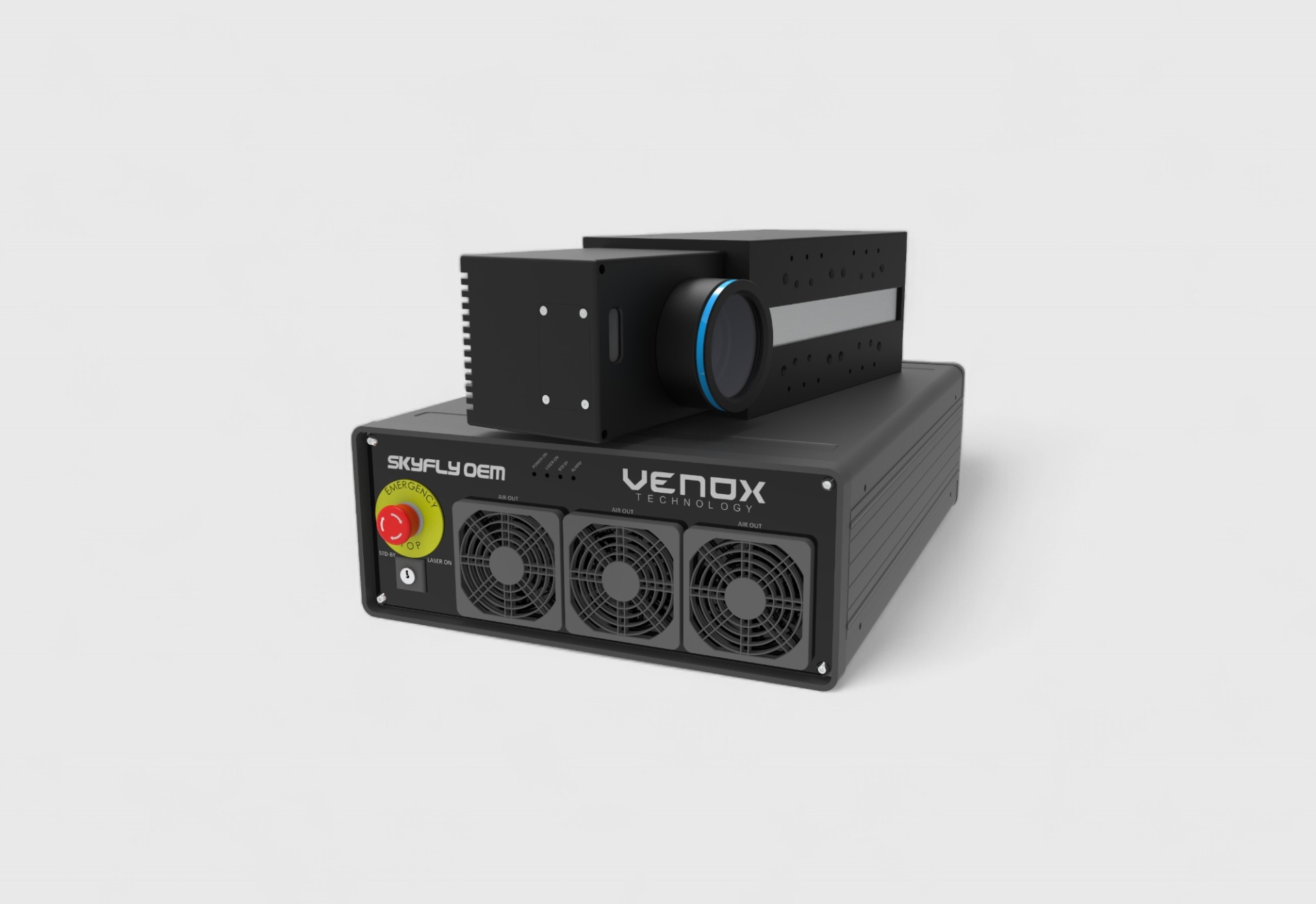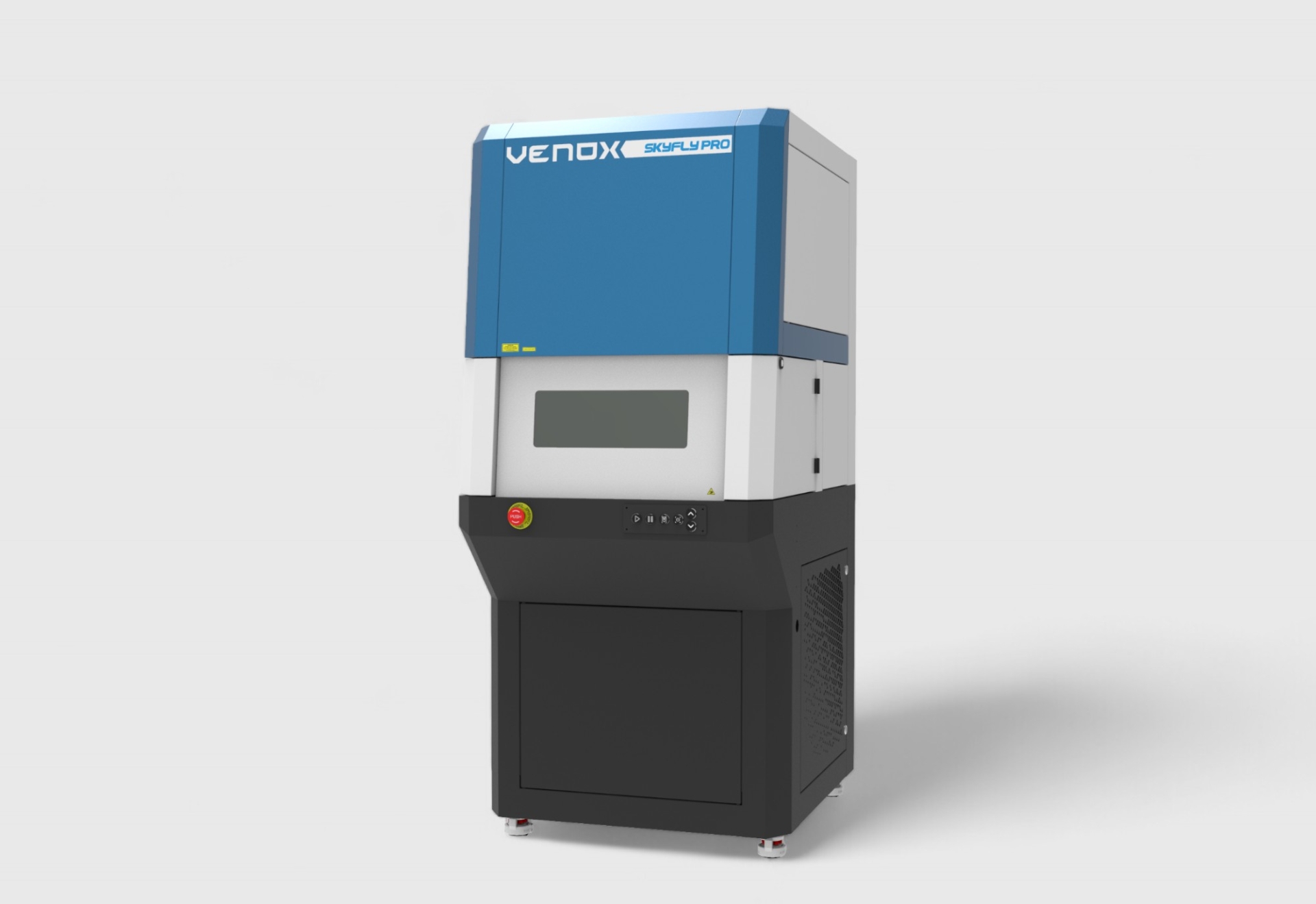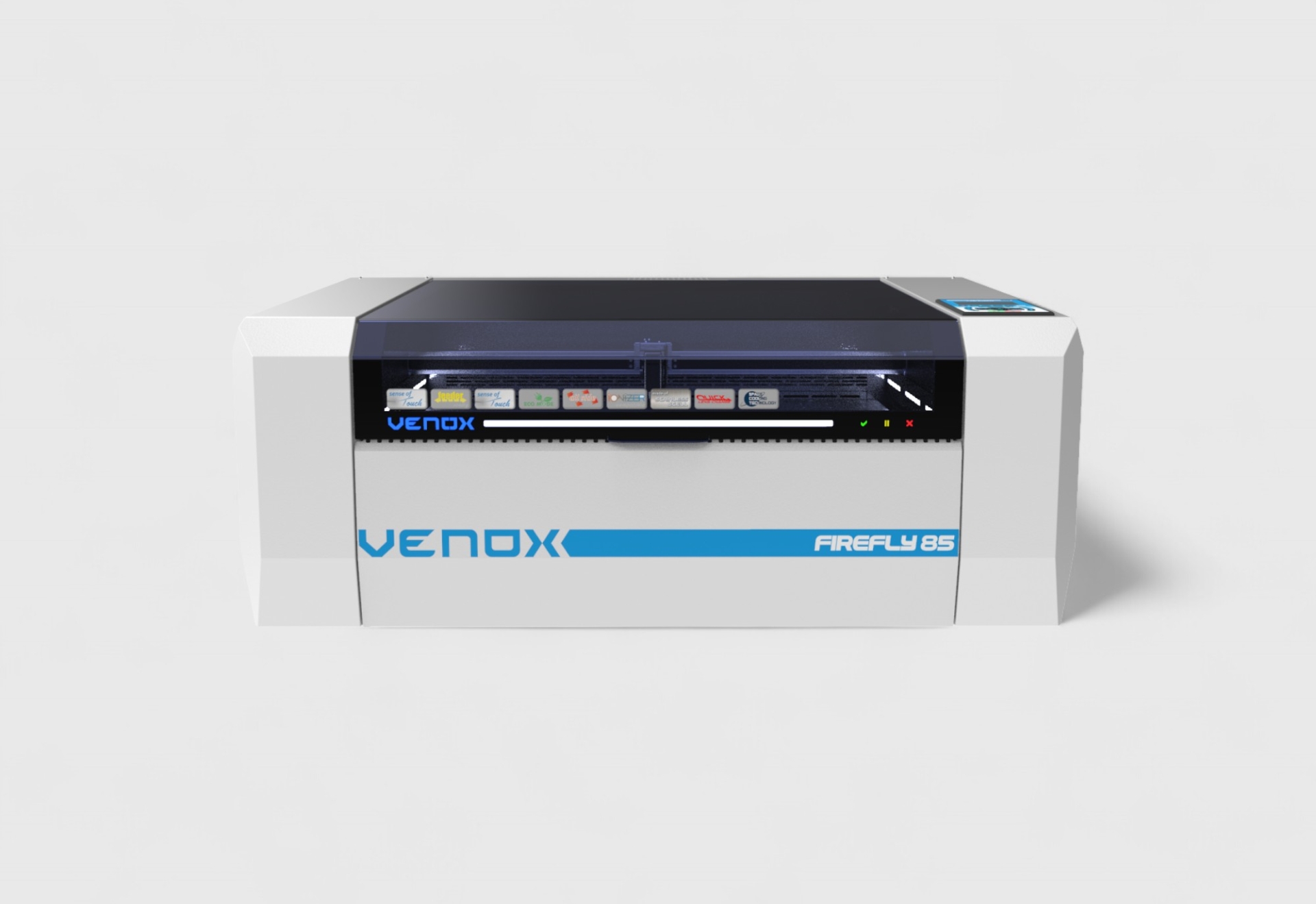Laser marking machines are high-precision and efficient tools commonly used in industrial production. These machines use laser beams to create permanent marks, writings, logos, serial numbers, and other designs on material surfaces. Laser marking machines are typically applicable on a wide range of materials such as metal, plastic, glass, wood, and leather. Providing a highly precise and fast process, they ensure high-quality results. This article will focus on the working principles, advantages, types, and applications of laser marking machines.
Laser marking machines work by using a laser beam to process the material surface and create markings. The laser beam is typically generated by a laser source and then directed onto the target surface through a special optical system. The laser light generates high temperatures, leading to physical or chemical changes on the material surface, allowing the marking process to take place.
The laser marking process typically follows these steps:
Selection of Laser Source: Laser marking machines operate using different types of lasers. These types generally include CO2 lasers, fiber lasers, diode lasers, and YAG lasers. The choice of laser source depends on the type of material being processed and the characteristics of the surface to be marked.
Focusing: The laser beam is focused on the material surface through an optical system (lenses and mirrors). This focused laser beam concentrates high energy on a very small area of the material, leaving the desired mark.
Heat Effect: When the laser beam hits the material surface, it generates high temperatures. This heat may change the color of the material, etch the surface, or process it in depth. For metals, laser marking typically causes a color change on the surface, while plastics may experience burning or melting effects.
Software and Control System: Laser marking machines are controlled via computer-aided software. These software programs allow the creation of marking designs and guide the movement of the laser. CNC (Computer Numerical Control) systems ensure precise targeting and accurate marking on the surface.
Laser marking machines offer many advantages, making them highly popular compared to other processing methods. Here are the main advantages of laser marking machines:
High Precision and Clarity: Laser marking is an extremely precise technology, allowing for small writings, complex patterns, barcodes, QR codes, and serial numbers to be marked with high clarity. Laser marking machines operate with millimeter-level precision, delivering high-quality results.
Permanent Marking: Marks created by laser marking are permanent and will not fade over time. The heat applied to the surface causes physical and chemical changes, ensuring long-lasting marks. This provides a significant advantage in sectors where traceability and security are critical.
Environmentally Friendly and Clean: Laser marking machines do not use harmful components like solvents, chemicals, or inkjet inks. Therefore, they are environmentally friendly options that minimize waste. Moreover, laser marking processes are very clean, leaving no residue or dust on the workpiece.
High-Speed Operation: Laser marking machines offer fast processing times. The ability to mark quickly is a significant advantage, especially for companies involved in mass production. Fast and efficient production helps businesses gain a competitive edge.
Versatility: Laser marking machines can be used on a variety of materials. Applications can be carried out on metals, plastics, glass, wood, leather, and composite materials. Furthermore, lasers are capable of making precise markings on 3D surfaces as well.
Low Operating Cost: Laser marking machines require low maintenance costs and are highly efficient, leading to lower operational costs in the long run. Additionally, no ink or other external materials are required, further reducing operational expenses.
Laser marking machines are categorized based on the laser source and technology used. The most common types of laser marking machines are:
Fiber Laser Marking Machines: Fiber lasers are the most widely used type for metal materials. They produce high energy density and are extremely efficient. Fiber lasers provide excellent results on materials like stainless steel, aluminum, and copper. These machines are known for being durable, efficient, and requiring low maintenance.
CO2 Laser Marking Machines: CO2 lasers are primarily used on organic materials (plastics, wood, leather, glass). While they can be used on metal surfaces, their performance is not as high as fiber lasers. CO2 lasers are typically more affordable and are suitable for small businesses.
Diode Laser Marking Machines: Diode lasers are ideal for smaller applications or low-cost solutions, especially for small businesses. These lasers can effectively mark certain materials (especially plastics).
YAG Laser Marking Machines: YAG lasers are particularly effective for marking hard metals and some ceramics. YAG lasers are typically more powerful and durable but may require more maintenance and consume more energy than other types.
Laser marking machines are used across a variety of industries. The primary applications are as follows:
Automotive Industry: In the automotive sector, laser marking machines are used to add serial numbers, production information, and barcodes to vehicle parts. This ensures quality control and traceability.
Electronics Industry: In electronics, laser marking is used to mark production dates, serial numbers, and manufacturer information on devices and components. This helps with the tracking of products.
Packaging Industry: In the packaging industry, laser marking machines are widely used to print product labels, barcodes, production dates, and expiry dates.
Medical Industry: Laser marking on medical devices and equipment provides traceability and ensures safety. Sterilization information and safety labels can also be laser marked.
Jewelry and Fashion Industry: In the jewelry industry, laser marking technology is used to add fine, permanent designs to jewelry pieces. Similarly, logos and designs can be marked on leather products.
Chemical and Pharmaceutical Industry: Laser marking is used to mark production dates, expiry dates, and safety information on pharmaceutical packaging and chemical product containers.
Conclusion
Laser marking machines are highly effective tools that enhance productivity, precision, and quality in industrial production. With high-speed capabilities, low operational costs, and versatile applications, they are widely used in many industries. The ability of laser marking machines to work on various materials like metal, plastic, wood, glass, and leather makes this technology suitable for a wide range of applications. With advancements in laser technology, these machines are expected to become faster, more efficient, and more cost-effective, further optimizing industrial production processes.







